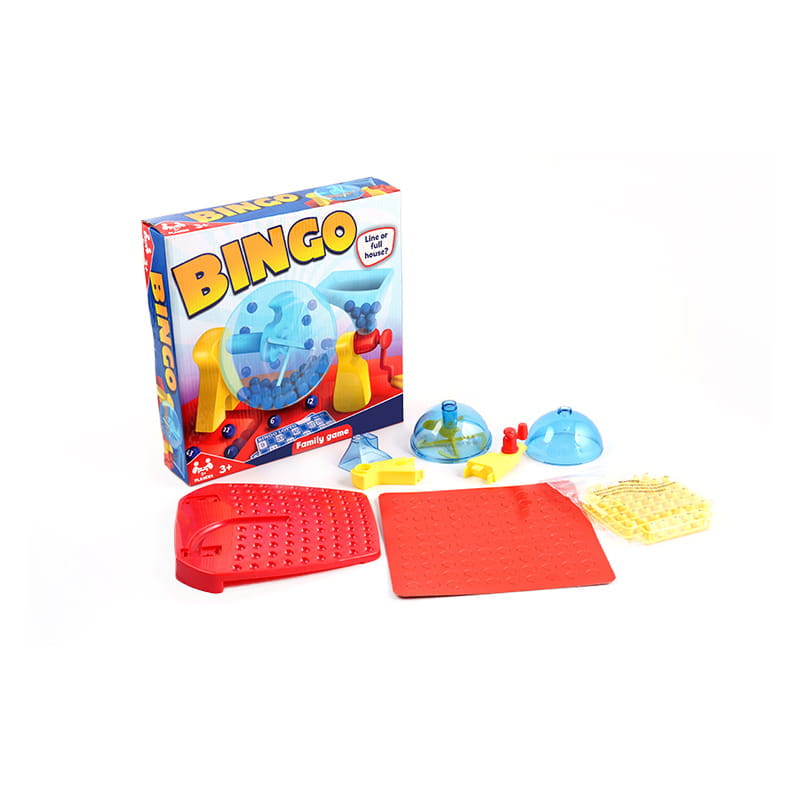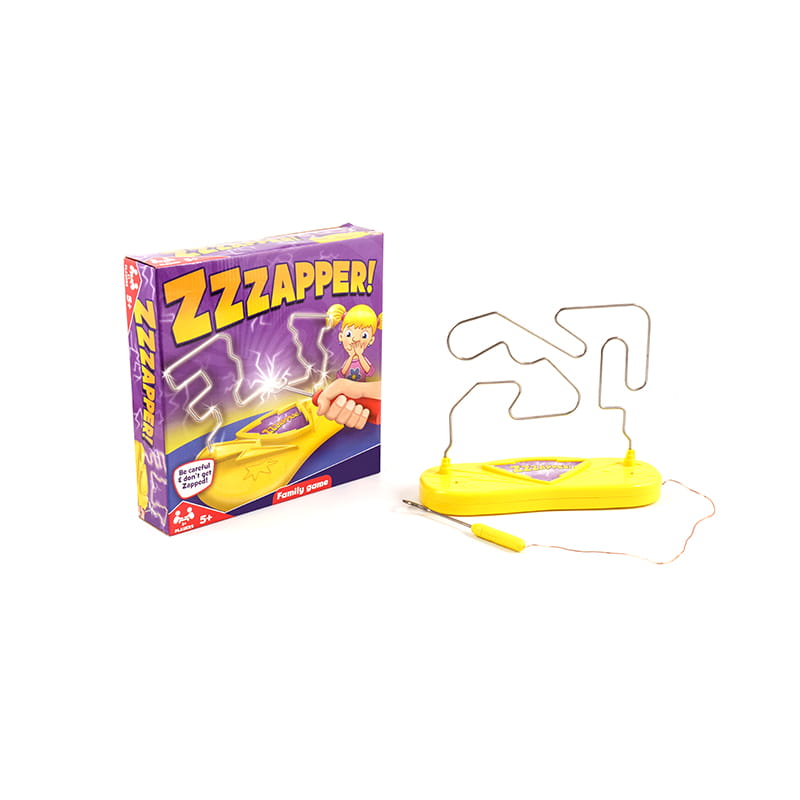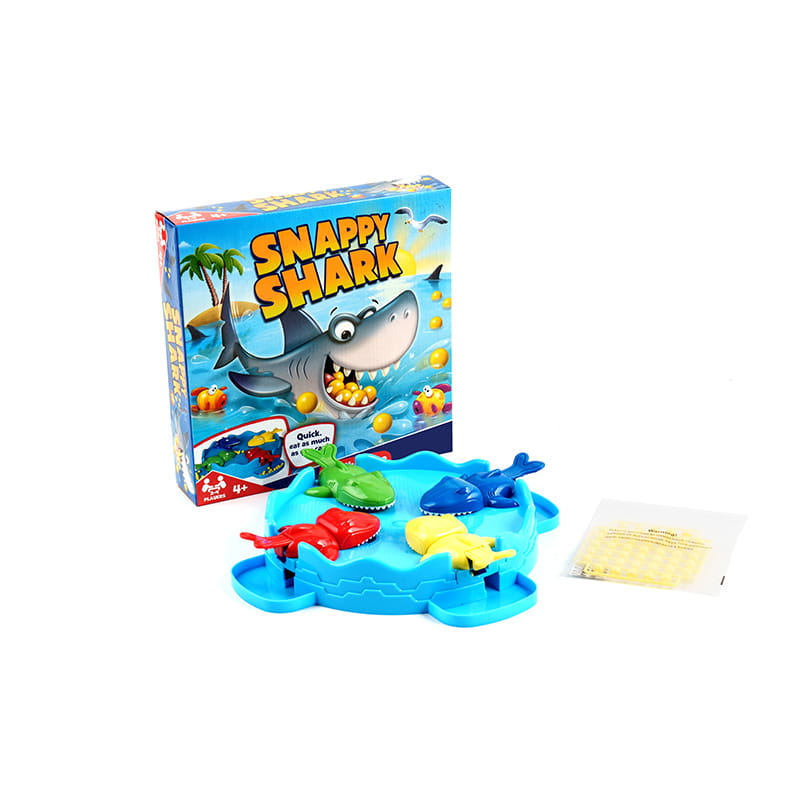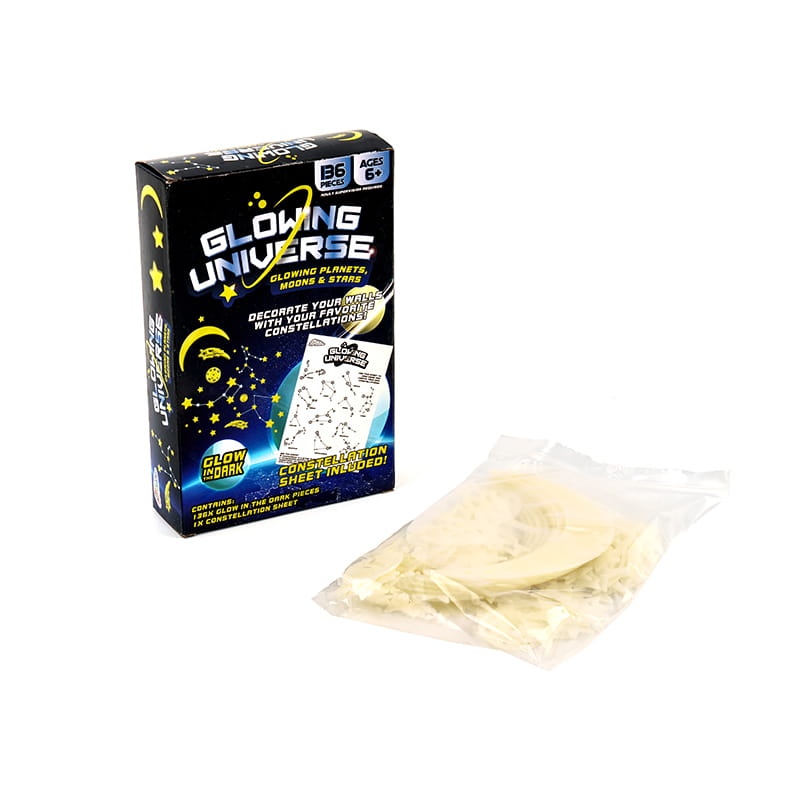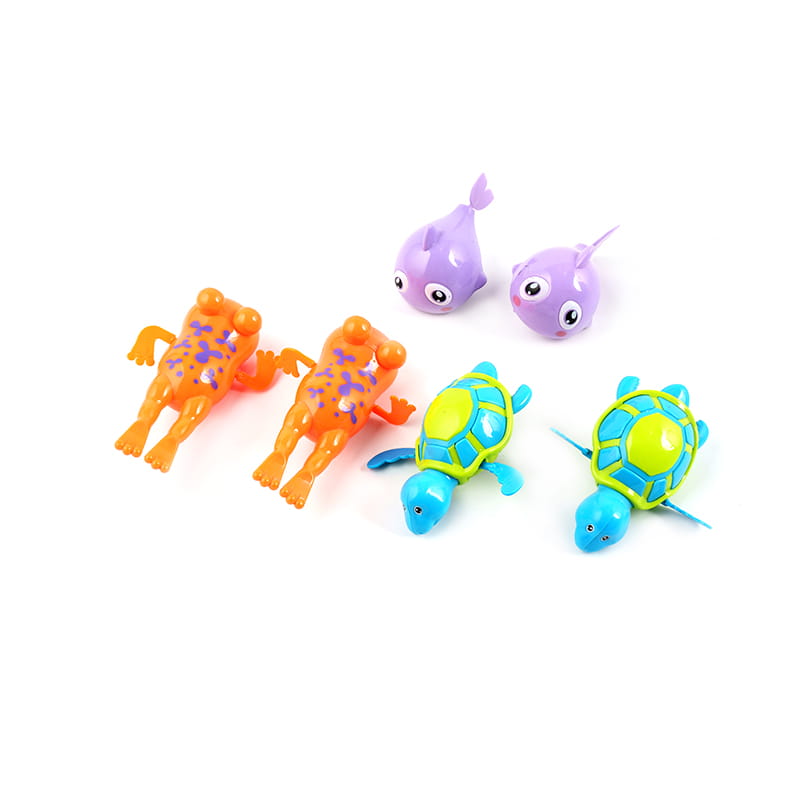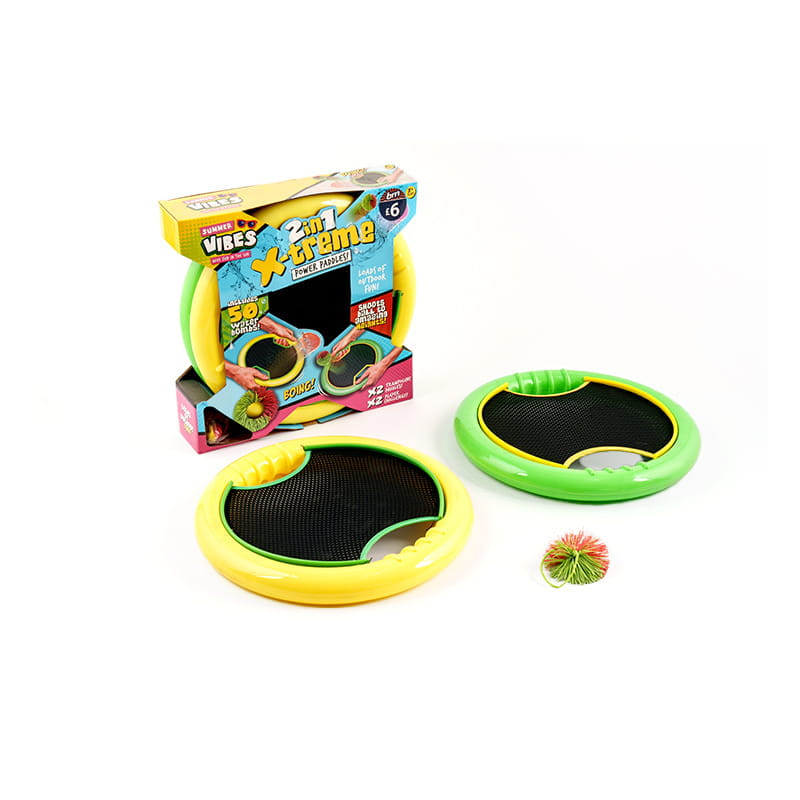- Type:
- Industry News
- Date
- 2025-Apr-27
Can Stress Relief Toys be beneficial for individuals with ADHD or autism?
In recent years, the use of Stress Relief Toys has become increasingly popular as a tool for managing stress, anxiety, and even promoting focus. For individuals with neurodevelopmental conditions such as ADHD (Attention Deficit Hyperactivity Disorder) or autism, these toys offer a range of benefits, providing a simple yet effective way to alleviate symptoms and promote a sense of calm. But how exactly can Stress Relief Toys help those with ADHD or autism?
For individuals with ADHD, one of the most common challenges is difficulty staying focused or remaining still for extended periods. This can be especially problematic in environments such as classrooms or offices, where attention and sitting still are often required. Stress Relief Toys provide a sensory outlet that can help these individuals redirect their energy in a non-disruptive way. The act of manipulating a stress-relief toy can serve as a form of sensory stimulation that helps to ground and refocus the mind. Toys such as fidget spinners, textured cubes, or squishy stress balls allow the user to engage in repetitive motions that promote a sense of comfort, which can lead to improved concentration and mental clarity. The tactile engagement with these toys creates a calming effect that can help individuals with ADHD to manage their restlessness and maintain attention on tasks.
Similarly, individuals on the autism spectrum often experience heightened sensory sensitivities and may find certain environments overwhelming. Stress Relief Toys are designed to provide tactile, visual, or auditory stimuli that can help soothe these sensory overloads. For example, squishy toys with varying textures can provide a sense of grounding, while spinning toys can serve as a calming distraction. The repetitive nature of these toys can also offer a structured sensory experience, which some individuals with autism find comforting. Many of these toys are small and portable, allowing individuals to carry them around and use them whenever they feel anxious or overstimulated, whether at school, at home, or in public spaces.
Beyond managing stress and sensory overload, Stress Relief Toys also serve an important role in improving fine motor skills and hand-eye coordination. For children with ADHD or autism, engaging with these toys can be an enjoyable and constructive way to strengthen their motor control. Activities like squeezing a stress ball, rolling a textured ring between fingers, or manipulating a fidget toy require precise hand movements, which can be therapeutic for individuals working on fine motor development.
Additionally, Stress Relief Toys can provide a form of emotional regulation. For children with ADHD, impulsivity and emotional outbursts are common, especially when they become frustrated or overwhelmed. By offering a simple way to channel this energy, these toys can help individuals manage their emotions and prevent behavioral outbursts. For those with autism, emotional regulation can also be challenging, particularly when they struggle with expressing or processing emotions in social settings. The use of a Stress Relief Toy can act as a soothing mechanism to help calm intense emotions, creating a safer, less stressful environment for both the individual and those around them.
Another benefit of Stress Relief Toys for individuals with ADHD or autism is their ability to promote mindfulness and self-awareness. Many of these toys are designed to engage the user in repetitive but focused actions, which can bring attention to the present moment. This process of mindfulness can be particularly beneficial for those with ADHD, who often struggle with distractions and a scattered mind. The act of focusing on the toy allows them to temporarily block out external stimuli and direct their attention to a single task, promoting a sense of control over their environment.
Moreover, Stress Relief Toys can be an excellent tool for fostering social interaction in group settings. In therapeutic or educational settings, children with ADHD or autism may struggle with social cues or participating in group activities. These toys can be shared among peers in a playful and inclusive way, encouraging cooperative play and improving social skills. For example, a group of children may engage in a game that involves passing a stress ball or using a shared fidget spinner, which can facilitate communication and teamwork in a non-threatening, non-competitive environment.
While Stress Relief Toys are not a cure for ADHD or autism, they are a valuable tool that can complement other therapeutic strategies. Occupational therapy, behavioral therapy, and medication are often part of a comprehensive treatment plan for both conditions. In this context, Stress Relief Toys can provide a supportive outlet for the sensory, emotional, and motor challenges faced by individuals with ADHD or autism. Their low cost, simplicity, and wide availability make them accessible tools for improving quality of life, especially when other interventions may not be as readily available.


 English
English
 English
English 中文简体
中文简体

